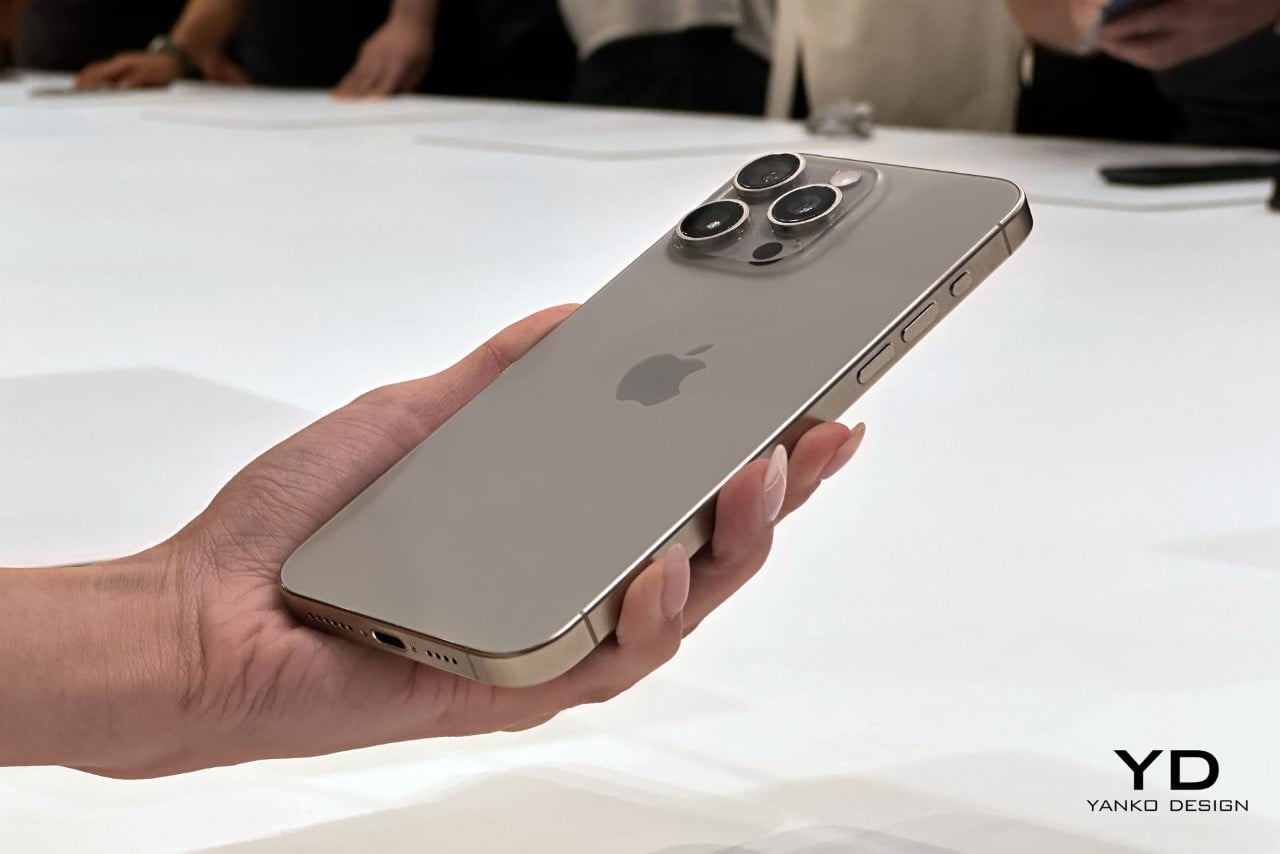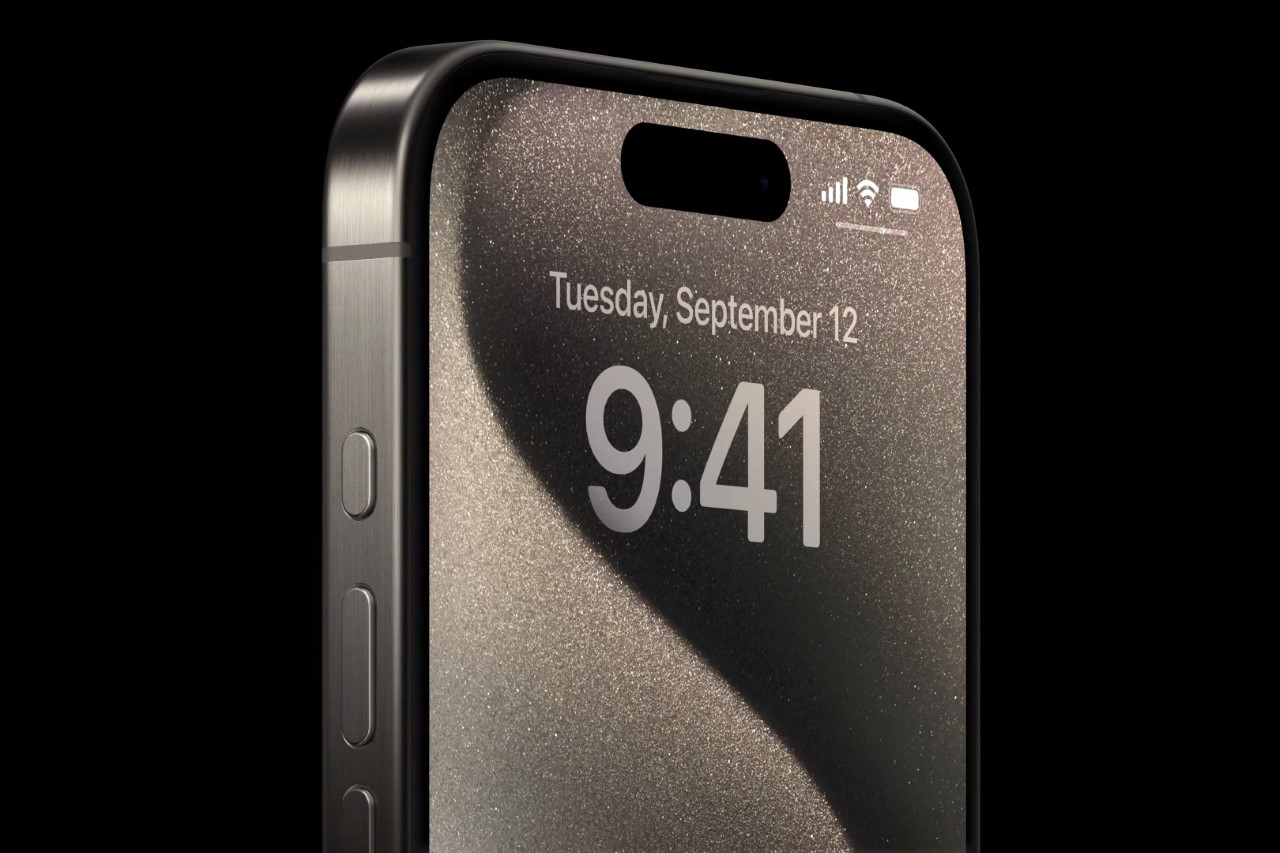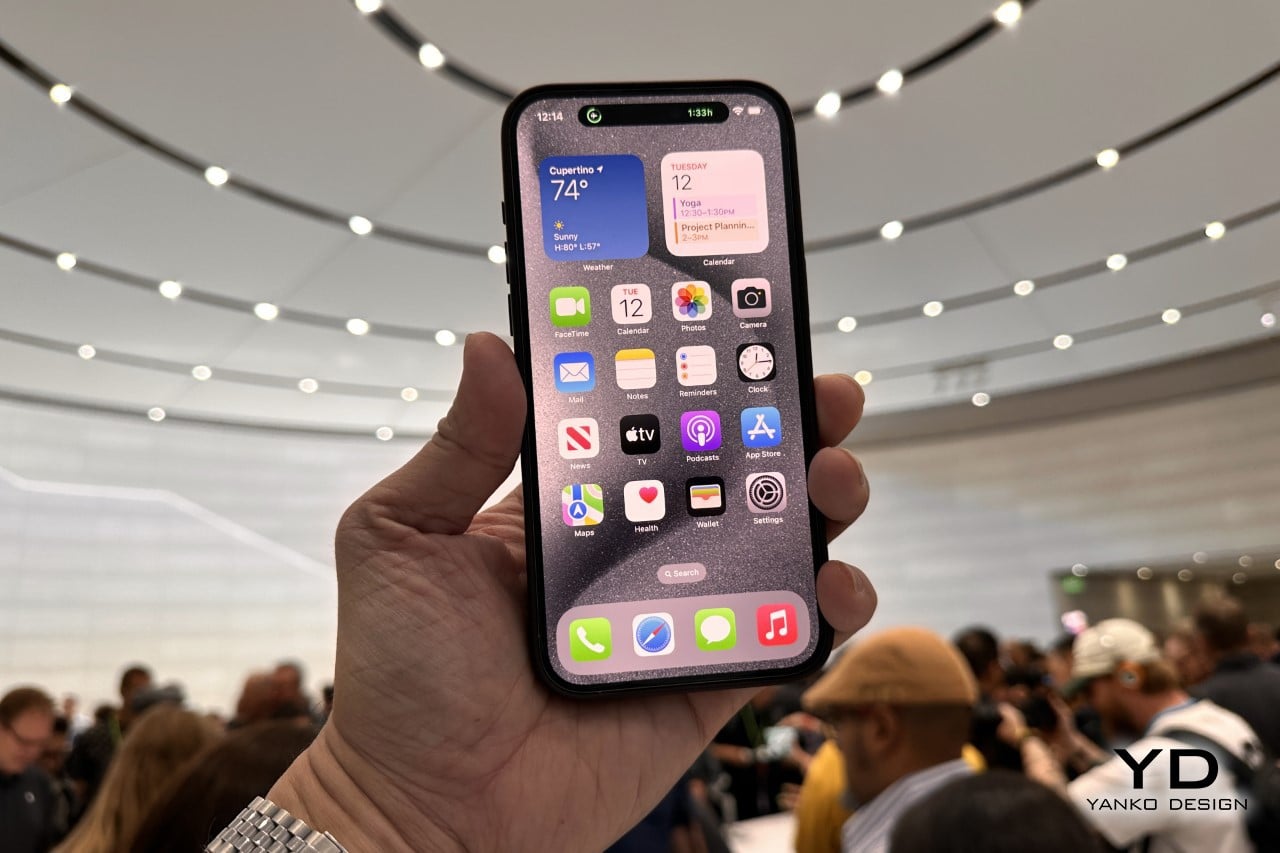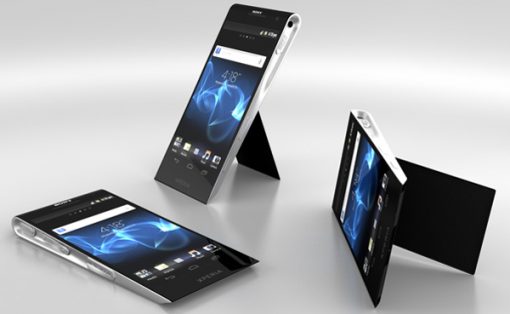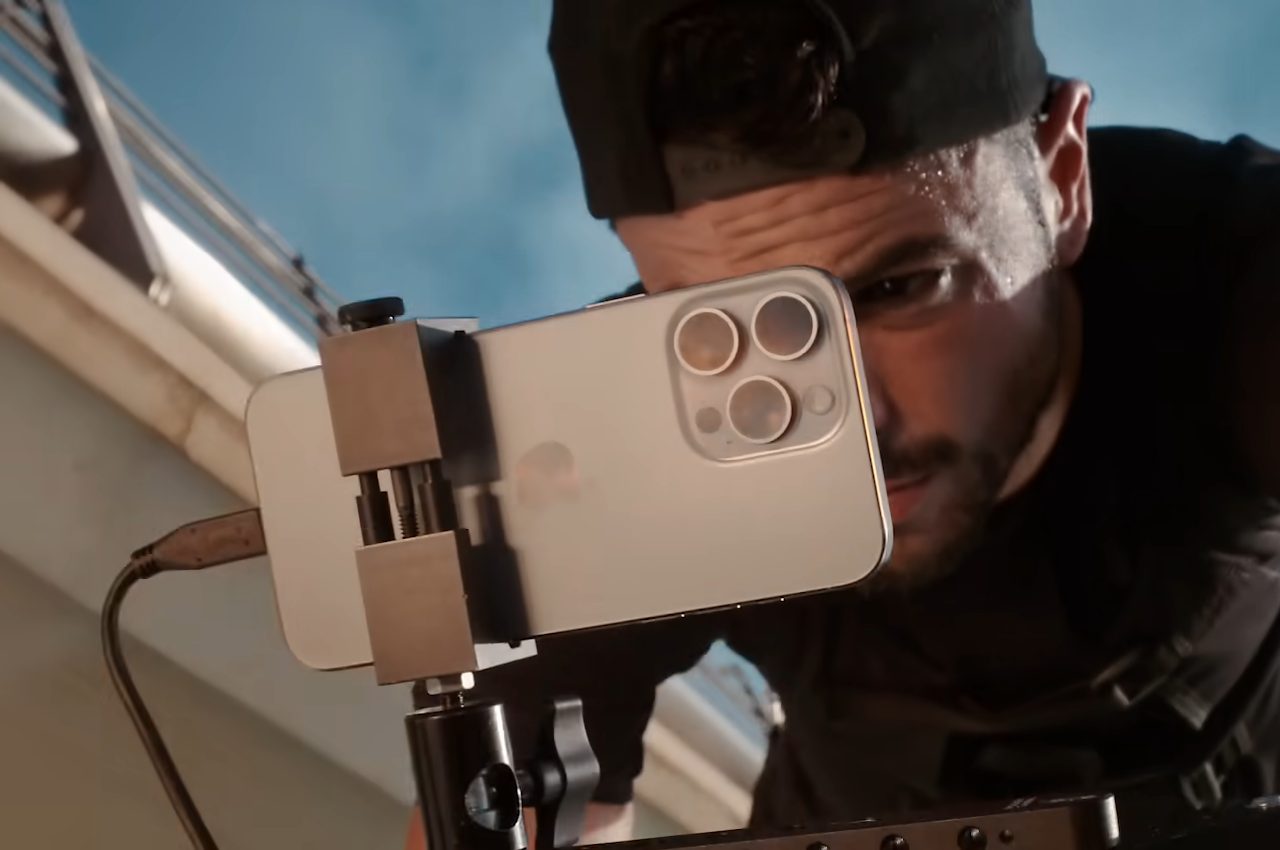
If you’re in the market to upgrade from an iPhone 14 to an iPhone 15, iPhone 15 Plus, iPhone 15 Pro, or iPhone 15 Pro Max – or even if you’re considering options outside of Apple’s newest lineup, such as the excellent Samsung Galaxy S23 Ultra or the newly announced Google Pixel 8 Pro – there are a number of new and upgraded features to look forward to.
Of course, there are plenty of considerations involved in any major tech upgrade, and it’s probably a good idea to weigh out your options before dropping $799 or more on a new device.
Designer: Apple
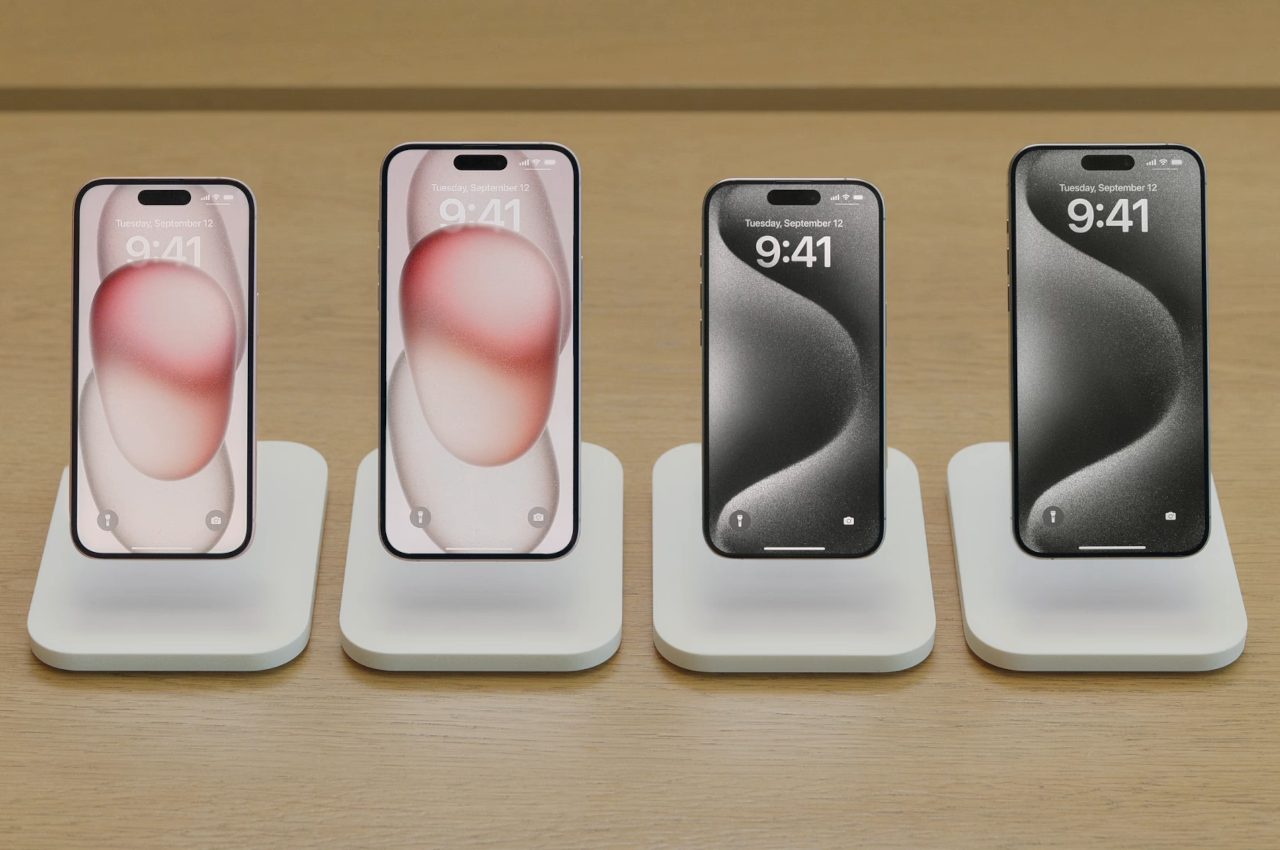
Here are a few of the most standout features included with every version of the iPhone 15 and its variants, and – I want to make this extra clear – if you’re still rocking an older device than an iPhone 13 or equivalent, it’s probably a good time to upgrade. Additionally, things like full-speed USB 3.0 support and telephoto cameras for the iPhone 15 Pro and Pro Max make the premium variants of the iPhone 15 especially attractive for filmmakers who benefit the most from the iPhone 15 Pro’s mixture of advanced video recording features, titanium chassis, and (relatively) petite form.
1. New USB-C charging port
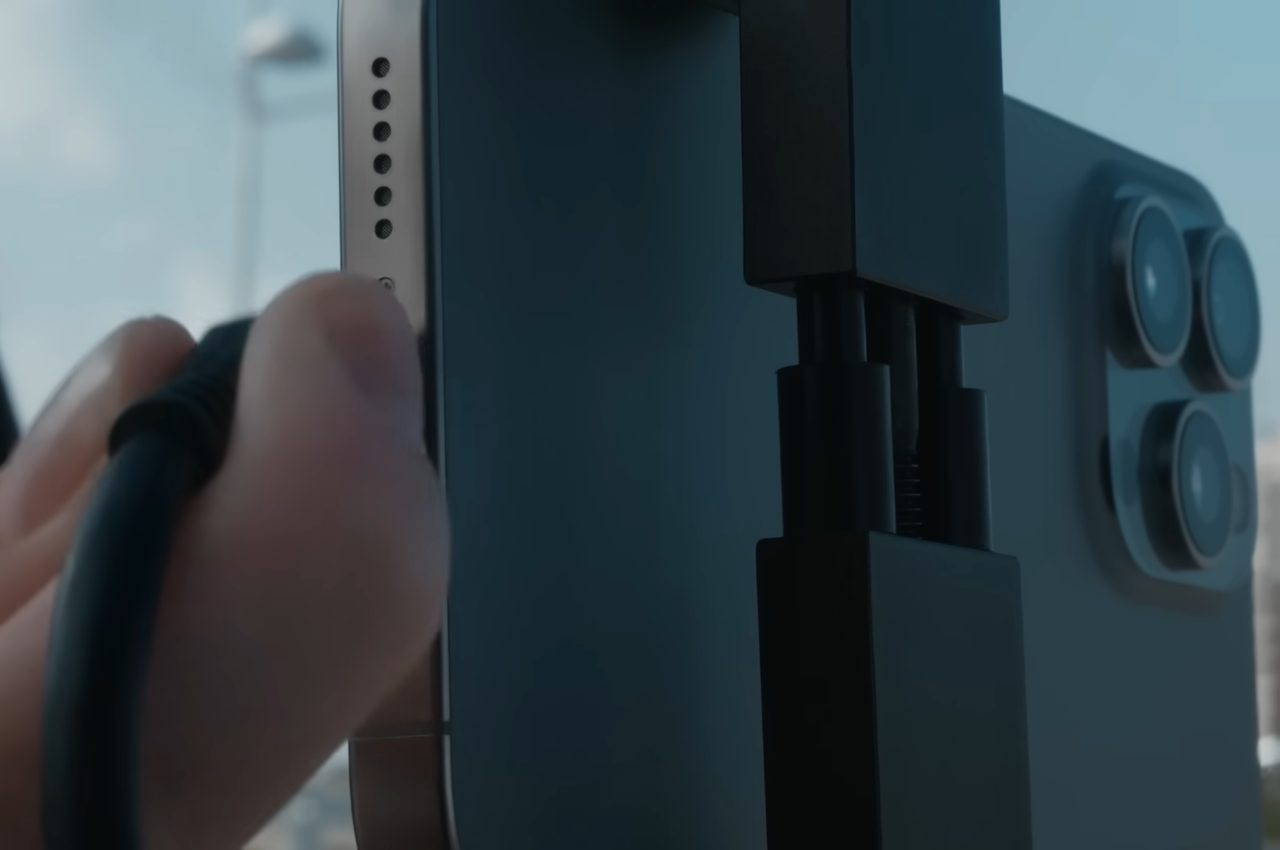
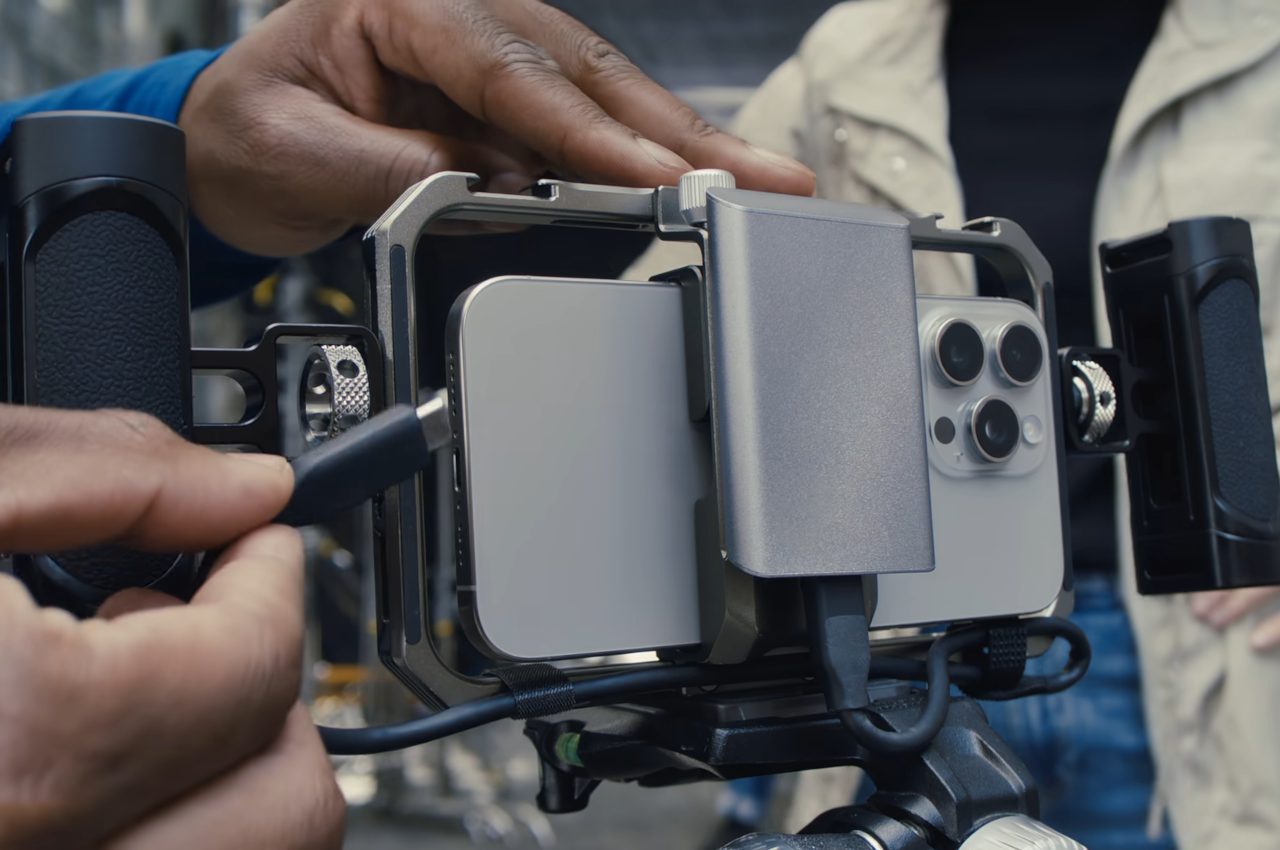
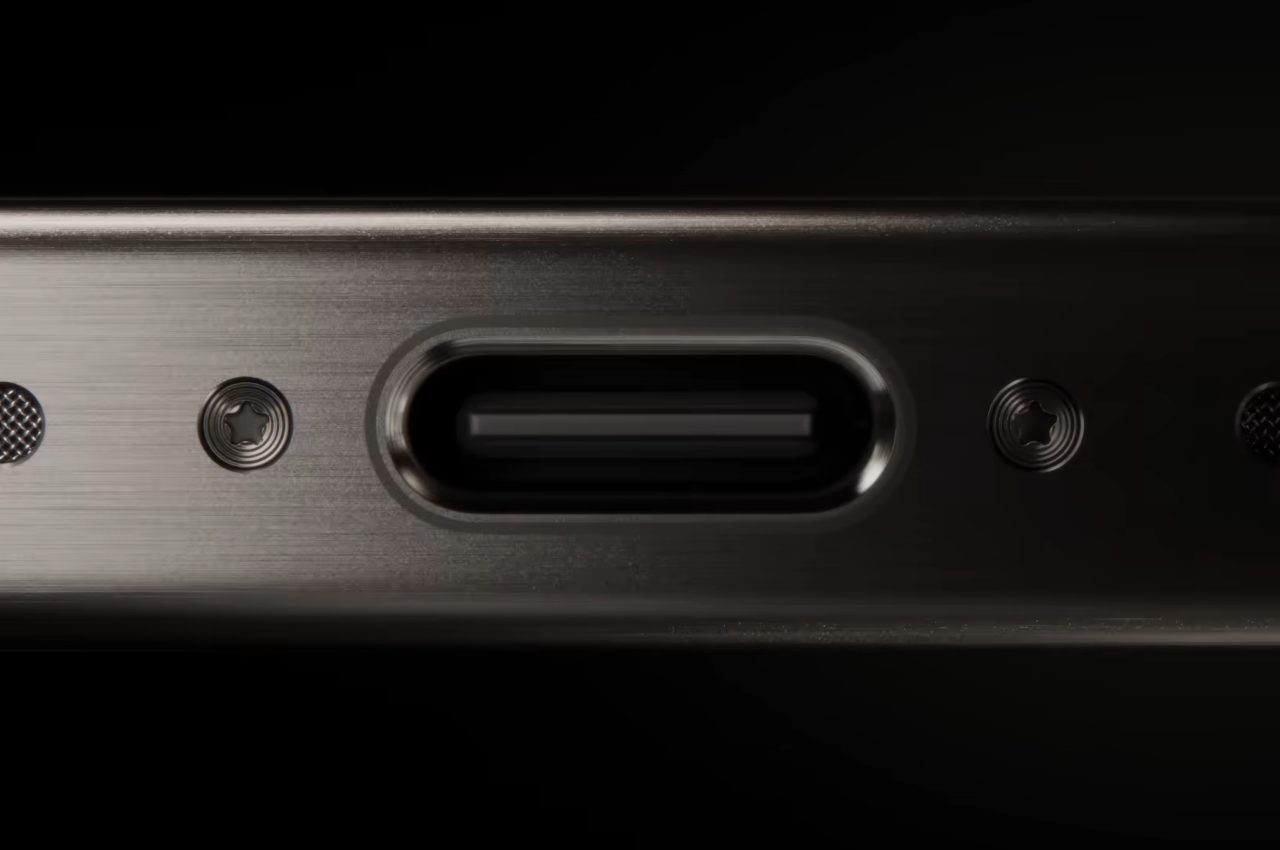
The tech world is increasingly moving toward compatibility with high-speed USB-C connections using the powerful and quick USB 3.0 architecture. Plenty of USB storage devices, computers, gaming consoles, and even other phones are already equipped to speak to one another via USB-C. And now, thanks to the iPhone 15’s inclusion of USB-C (as it does away with the standard Lightning cable format introduced in 2012) you can integrate your new iPhone 15 or iPhone 15 Pro into your existing ecosystem of non-Apple devices and peripherals… in theory.
Counterpoint:
It seems like Apple’s support for external storage devices via USB-C is currently a little too limited to consider USB-C a benefit – yet, at least. For instance, only the iPhone 15 Pro gets USB 3.0 data transfer speeds; the standard iPhone 15 is locked to USB 2.0 speeds much like every longtime iPhone owner’s collection of Lightning cables that are now effectively defunct. It sounds like the real boon here – the ability to record footage directly to an external device – is reserved for those who are willing to shell out for the iPhone 15 Pro or iPhone 15 Pro Max.
2. Dynamic Island
It’s kind of annoying to have to constantly switch between apps if I’m juggling a text conversation or a game with contextual information from a GPS or ridesharing app. Apple’s convenient Dynamic Island feature returns from iPhone 14 Pro as a standard inclusion in all iPhone 15 models, providing a space for all important notifications to seamlessly blend into the user experience in a way that flows naturally and doesn’t jar you out of whichever activity you’d prefer to be doing. All that, without the guilt or worry of missing important contextual information from other apps.
Counterpoint:
Dynamic Island is really just a fancy way to deliver notifications from other apps, and though it adds a layer of convenience, it’s probably not so terribly life-changing that you absolutely need to buy a new $799 device to get it. If you won’t already get much utility out of the iPhone 15’s other improvements, or if you already own an iPhone 14 Pro, you probably won’t care too much about this one.
3. 48-megapixel front camera
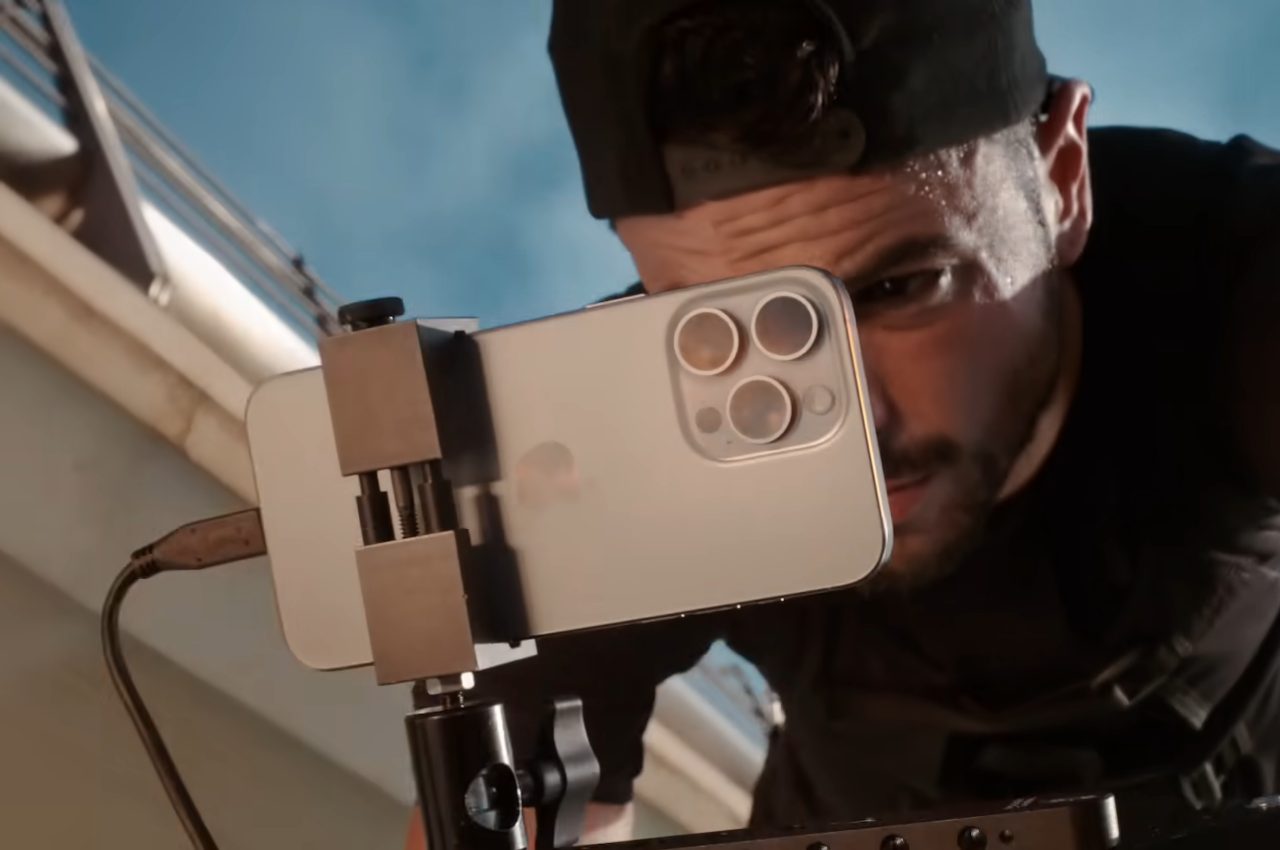
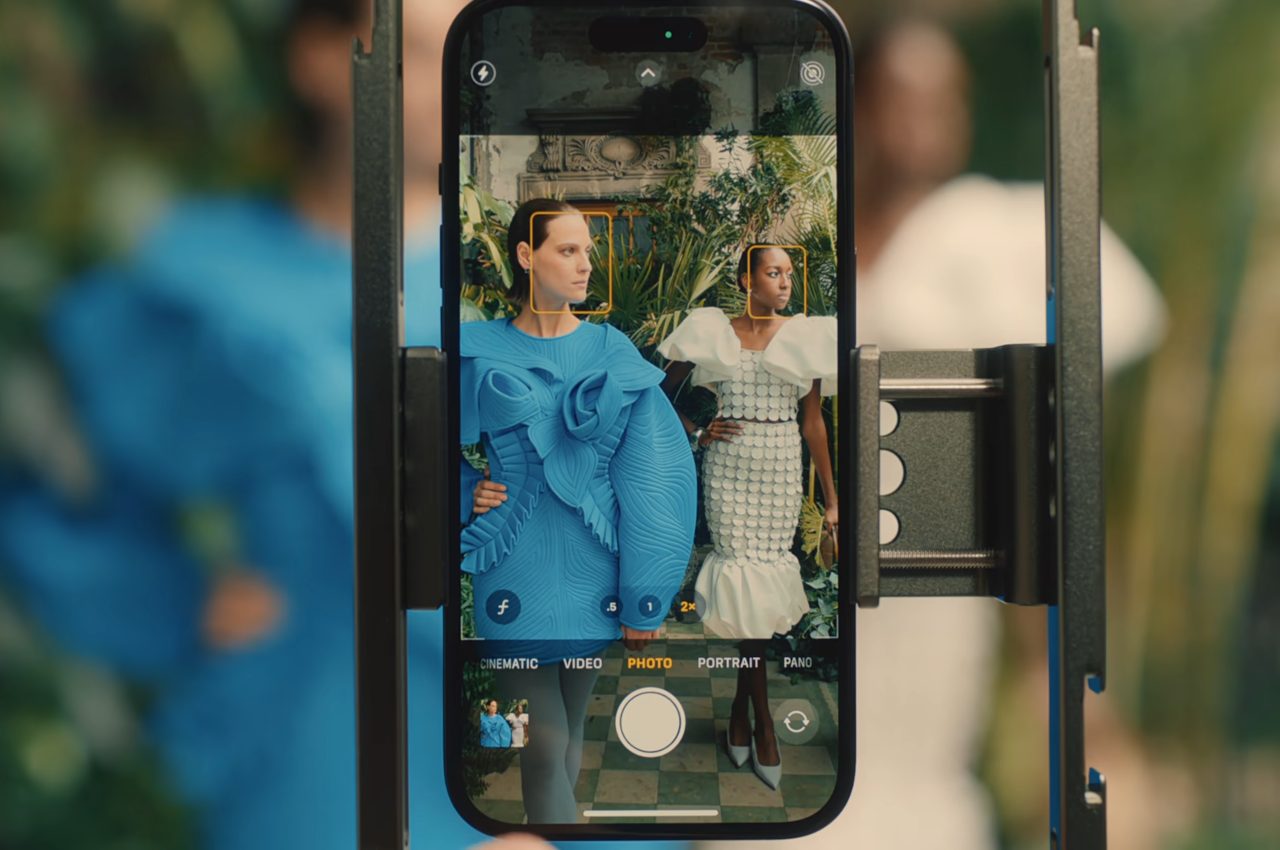
One of the biggest upgrades to all versions of the iPhone 15 is its leap from a 12MP primary front-facing camera with a f/1.5 aperture to a 48MP primary front-facing camera with a f/1.6 aperture and 2x optical zoom. This means photos and videos taken with an iPhone 15 are at least three times better looking than the standard iPhone 14, and roughly on-par with the iPhone 14 Pro.
The new built-in stabilization features, camera quality, and optical zoom get even better with the iPhone 15 Pro, which features a f/1.78 aperture main camera, a triple-camera system including a third telephoto camera for even more impressive ultrawide shots, and up to 5x optical zoom.
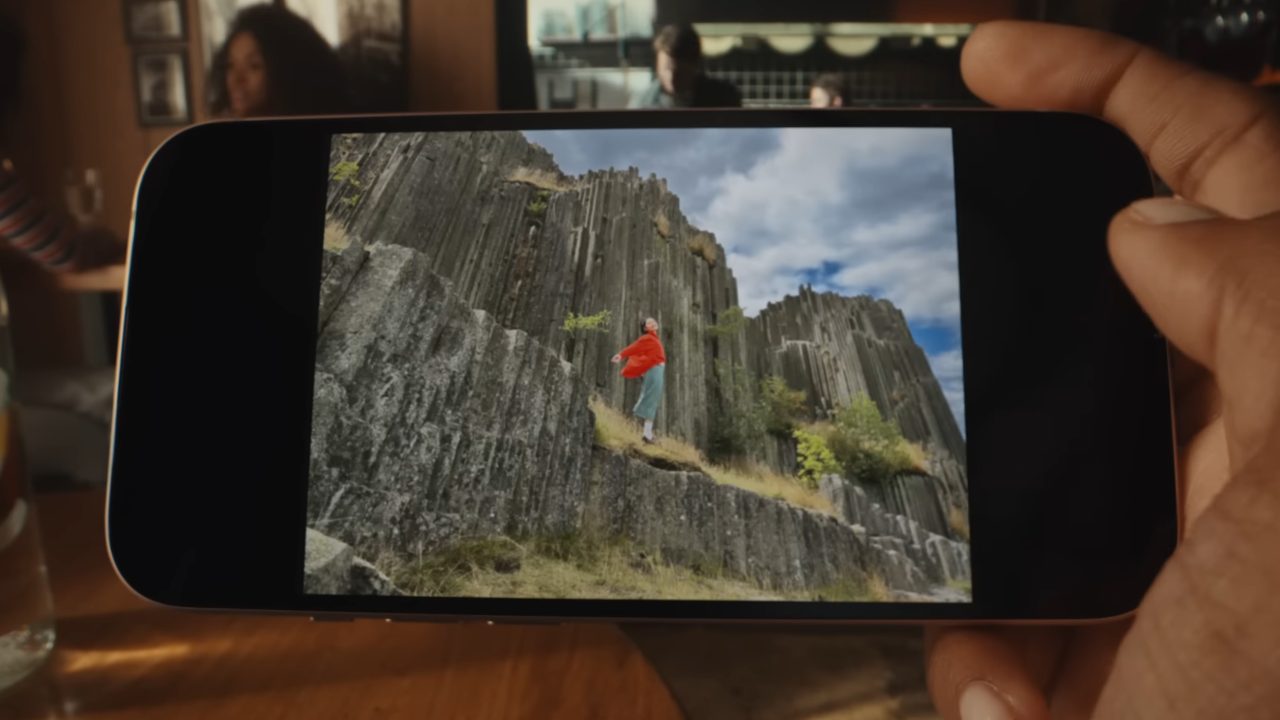
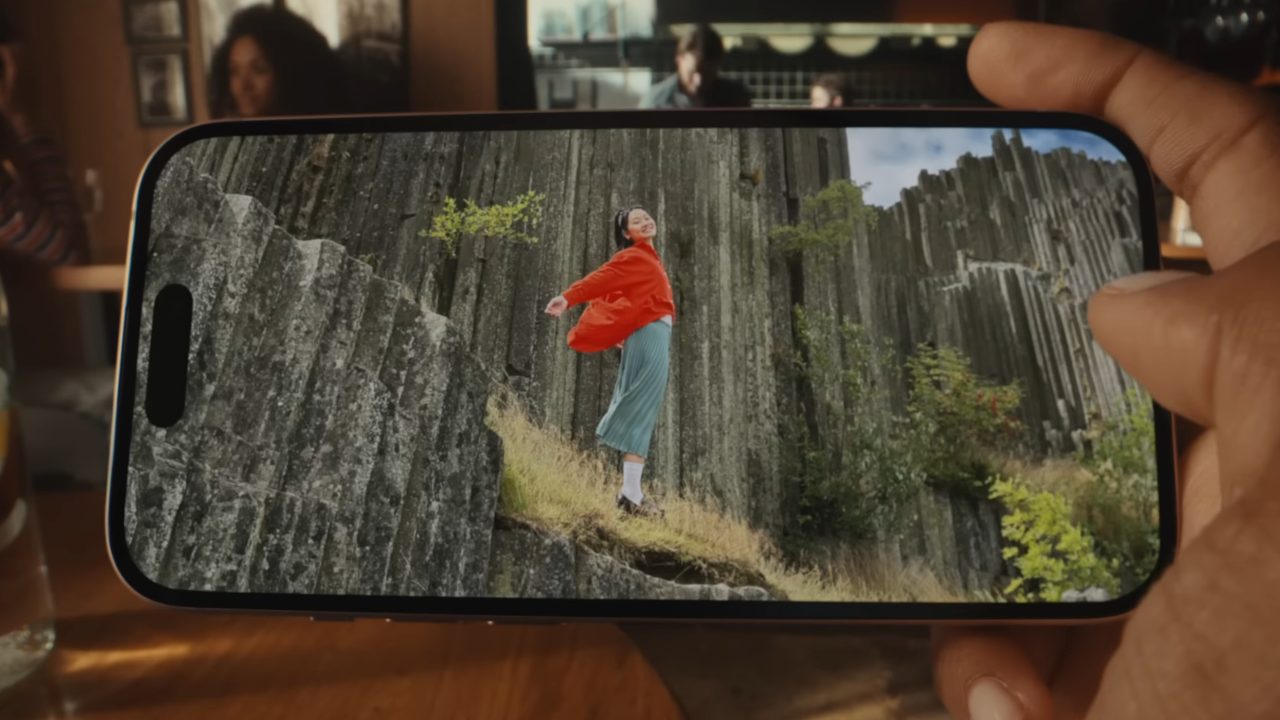
Counterpoint:
The standard iPhone 15’s leap from 12 to 48 megapixels on its main front-facing camera is great, and it’s difficult to argue against it being one of the most notable improvements this gen. That said, Apple is still sorely lagging behind Samsung in the phone camera arena. If photography is the main function of your phone, you might want to check out the Samsung Galaxy S23 Ultra – which features a 200MP main camera – before committing to an upgrade. Even the recent Google Pixel 7a features a 64MP primary sensor.
4. Brighter display
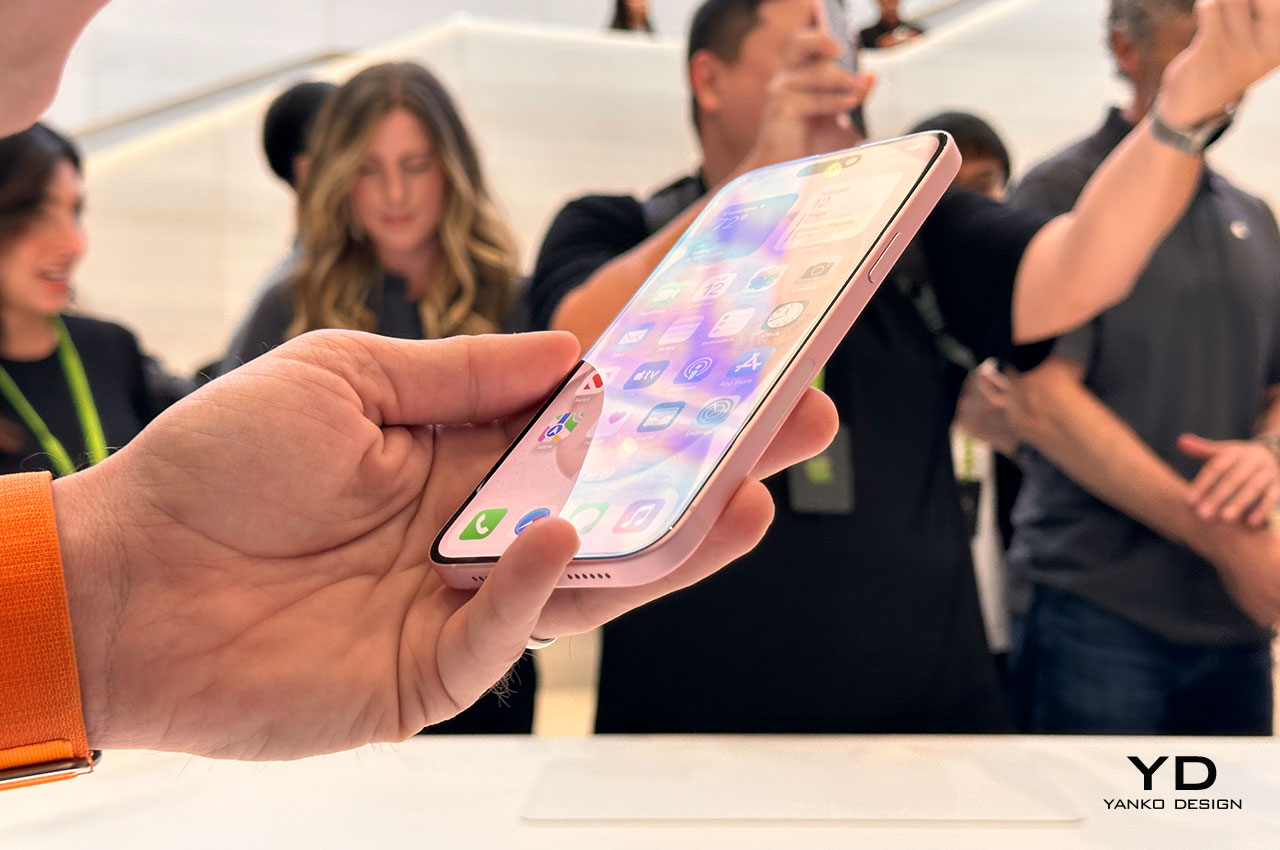
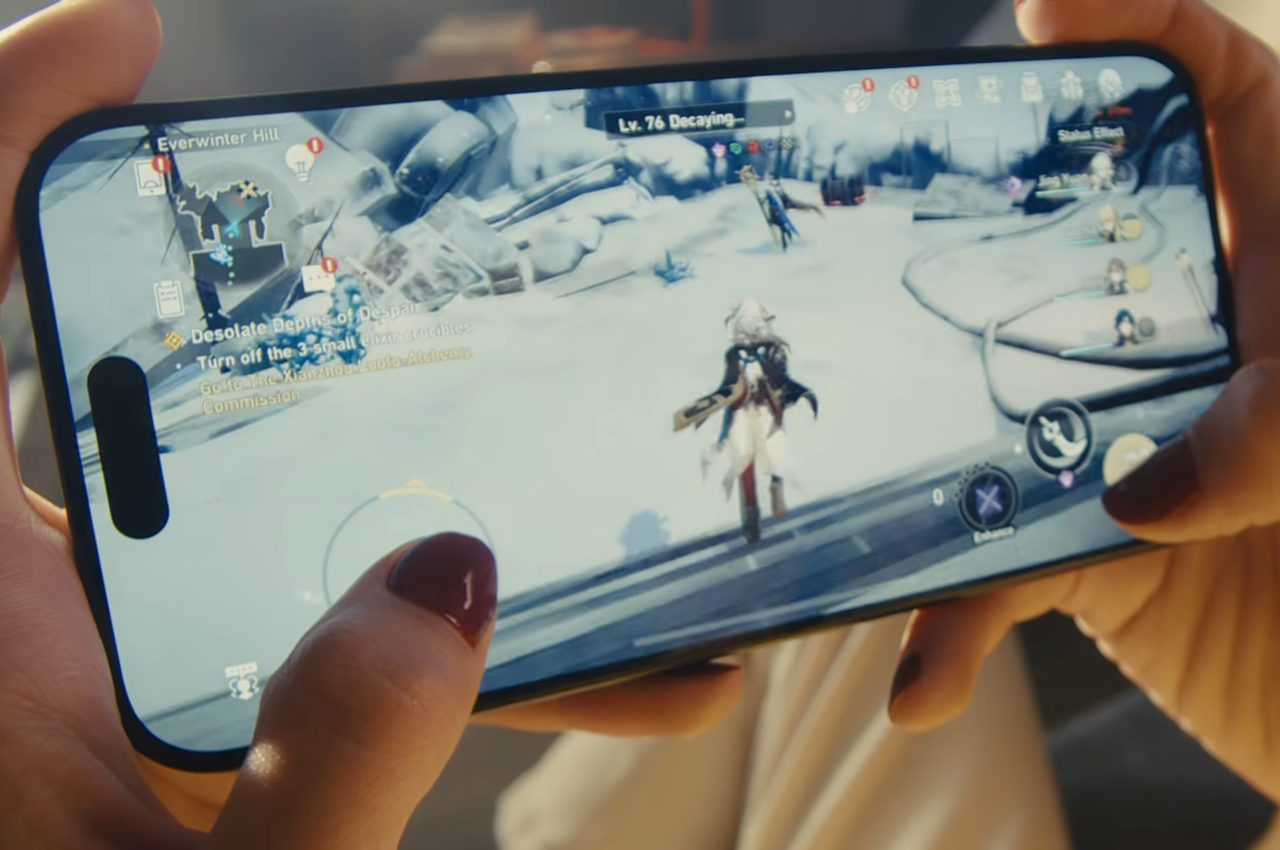
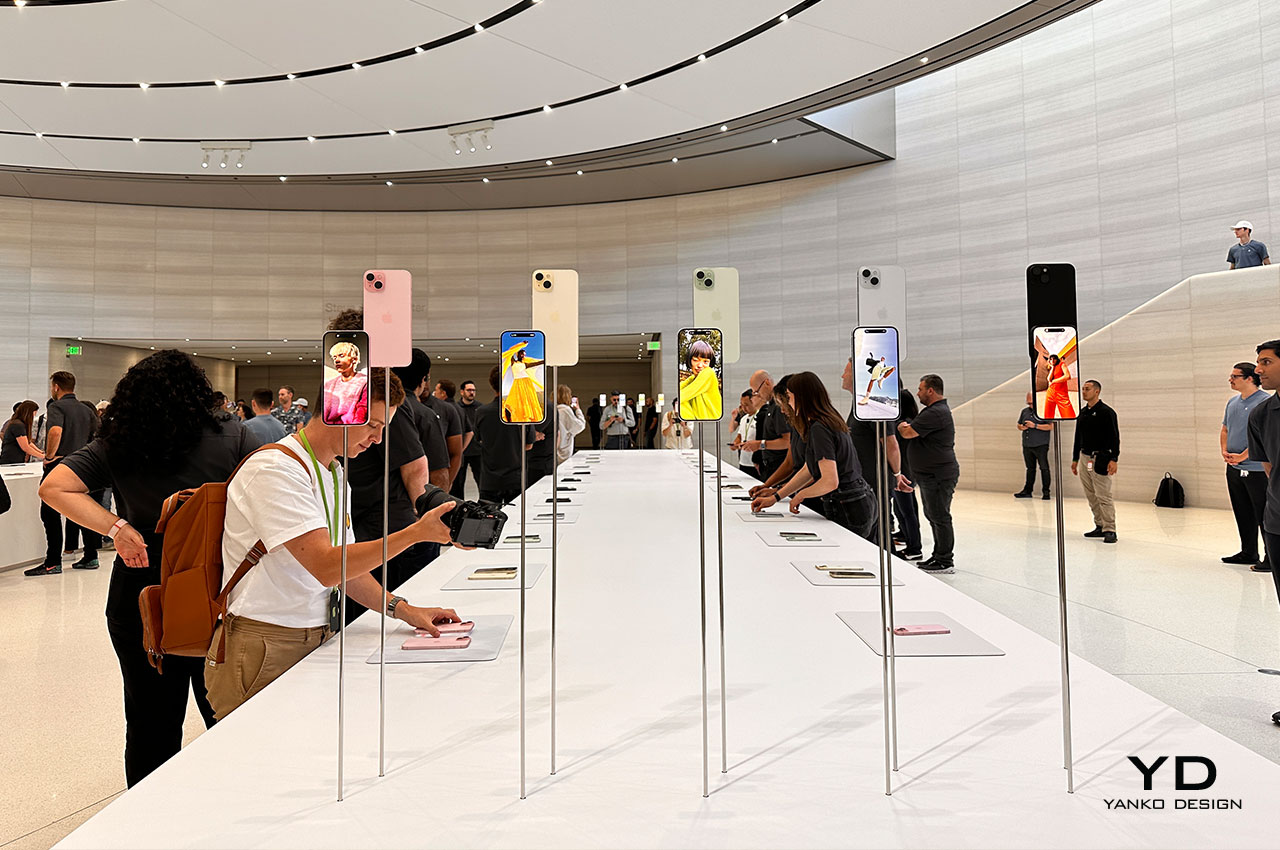
The iPhone 15 is remarkably bright. Compared to the iPhone 14’s maximum of 800 nits (or 1200 nits in HDR mode), the iPhone 15’s baseline peak brightness is 1000 nits, which increases to 1600 nits in HDR mode. Once you take it outside, however, it increases that maximum brightness up to 2000 nits. To give you an idea of how bright that is, many mid-range HDR-enabled OLED TVs struggle to display a higher peak brightness than roughly 1000 nits.
Counterpoint:
Just because the iPhone 15 can display at a max brightness of 2000 nits, doesn’t mean it’s sustainable to keep it running at that brightness level forever. The upgraded battery makes it easier to sustain that brightness in theory. However, users are reporting bugs, including cases of overheating. Not to mention, it costs more power in general to keep the battery sated. And, if you already owned an iPhone 14 Pro, you already had this feature anyway.
5. Improved Ultra Wideband chip
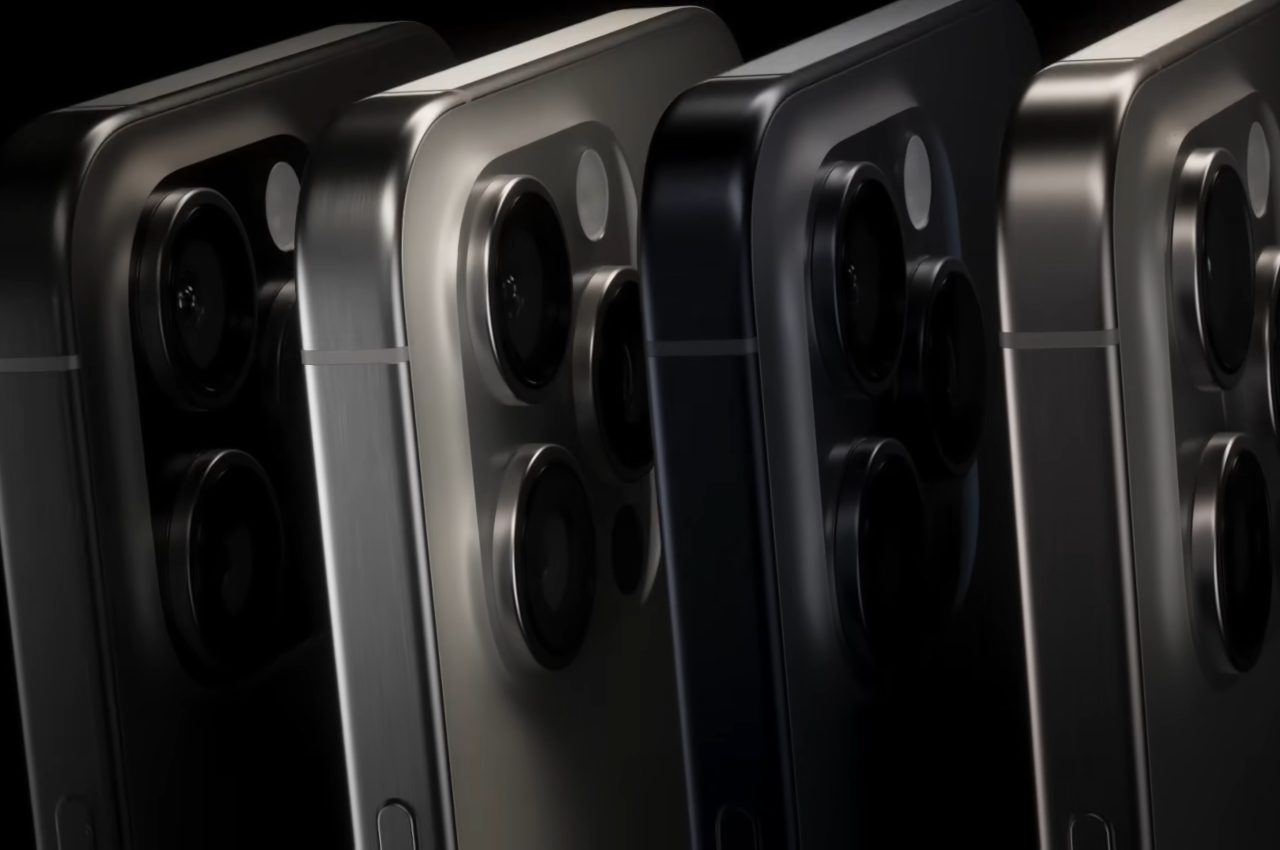
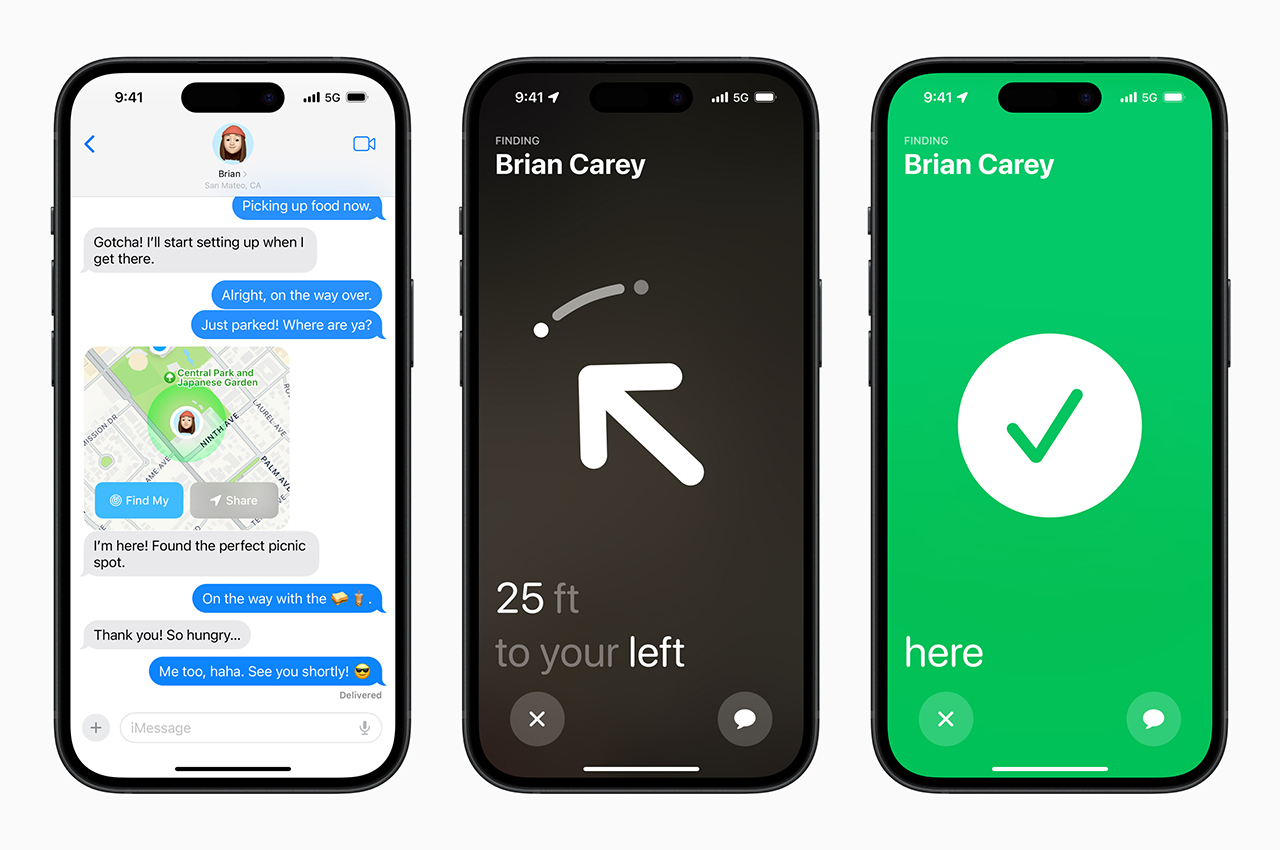
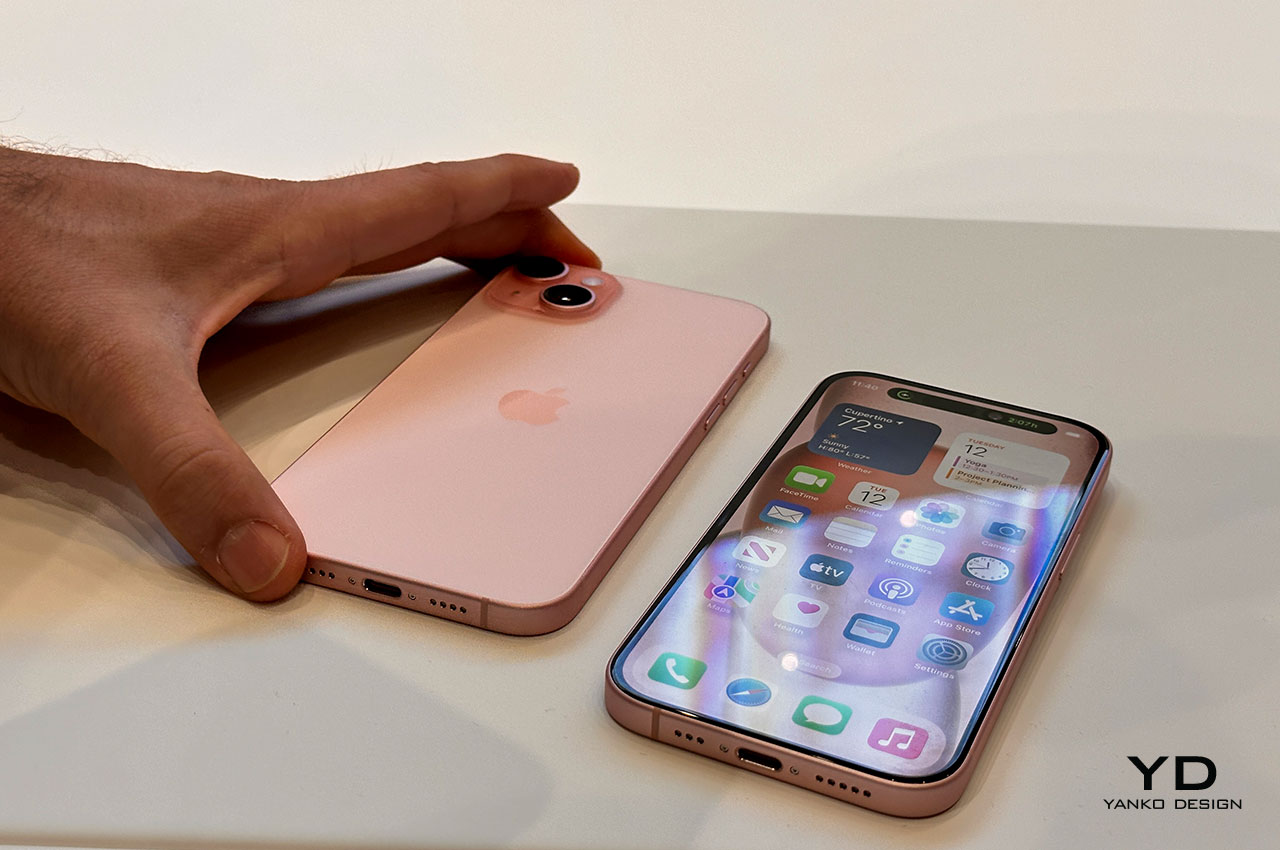
The new and improved UWB chip included in the iPhone 15 is advertised to widen ultra wideband signal range by up to 200%, and it can also generate more precise Find My Friends geolocation in close quarters – for instance, at a crowded indoor event where a lot of different people are using their phones to locate and/or communicate with one another. This is a great upgrade if you live in a packed urban environment – or if you frequent a lot of conventions, parties, or other places where you want to be able to quickly locate friends and family if you get separated.
Counterpoint:
The iPhone 14’s first-gen UWB is already strong enough for most uses, and while the second generation UWB is a good upgrade, it’s not necessary yet. It may have a strong application for Apple Vision Pro owners who need the improved bandwidth to seamlessly transfer data between devices, however, Apple seems to be the main innovator at the moment – with few other manufacturers making use of the technology. It makes sense to assume Android phones will eventually catch up, but for the price of a brand-new iPhone 15 or iPhone 15 Pro, it’s firmly a “nice to have” at the moment.
